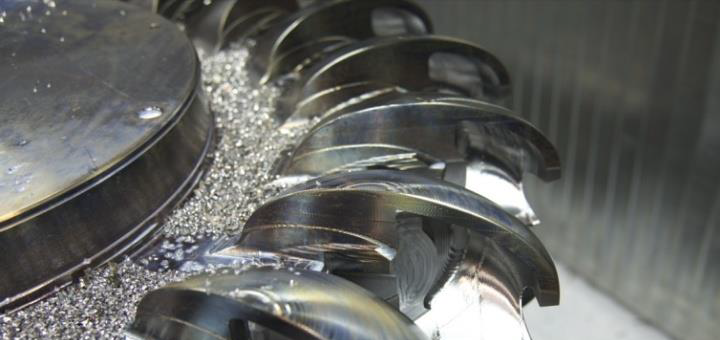Comparison between CFD and MPS Methods for Numerical Simulation of Pelton turbine
Riccardo Bergamin, ZECO | Michele Merelli, EnginSoft
Speech presented at the International CAE Conference and Exhibition 2019 - Particleworks European Users' Meeting

Riccardo Bergamin, ZECO | Michele Merelli, EnginSoft
Speech presented at the International CAE Conference and Exhibition 2019 - Particleworks European Users' Meeting

Abstract
CFD modelling and validation of Pelton turbines are challenging due to the transient and multi-phase nature of the flow, that require fine and high quality grid definition, in order to accurately capture the flow features.
Due to high computational time, modern CFD techniques allow to study and optimize the components of the turbine like single bucket, needle and nozzle, deviator and manifold.
Finite Volume CFD codes can be used for this kind of component simulations, but models become too complex and computationally expensive when the whole turbine and the open air casing are included in order to study jets interactions and water outflow.
Using particle-based Navier-Stokes solvers, like Particleworks and the Moving Particle Simulation method, these barriers can be overcome, with a technological breakthrough that paves the way to new study and optimization opportunities. In this paper both Finite Volume simulations of turbine components and Moving Particle Simulation of a complete runner will be presented and comparisons with expected turbine efficiency will be shown.
For more information please CONTACT OUR EXPERTS!